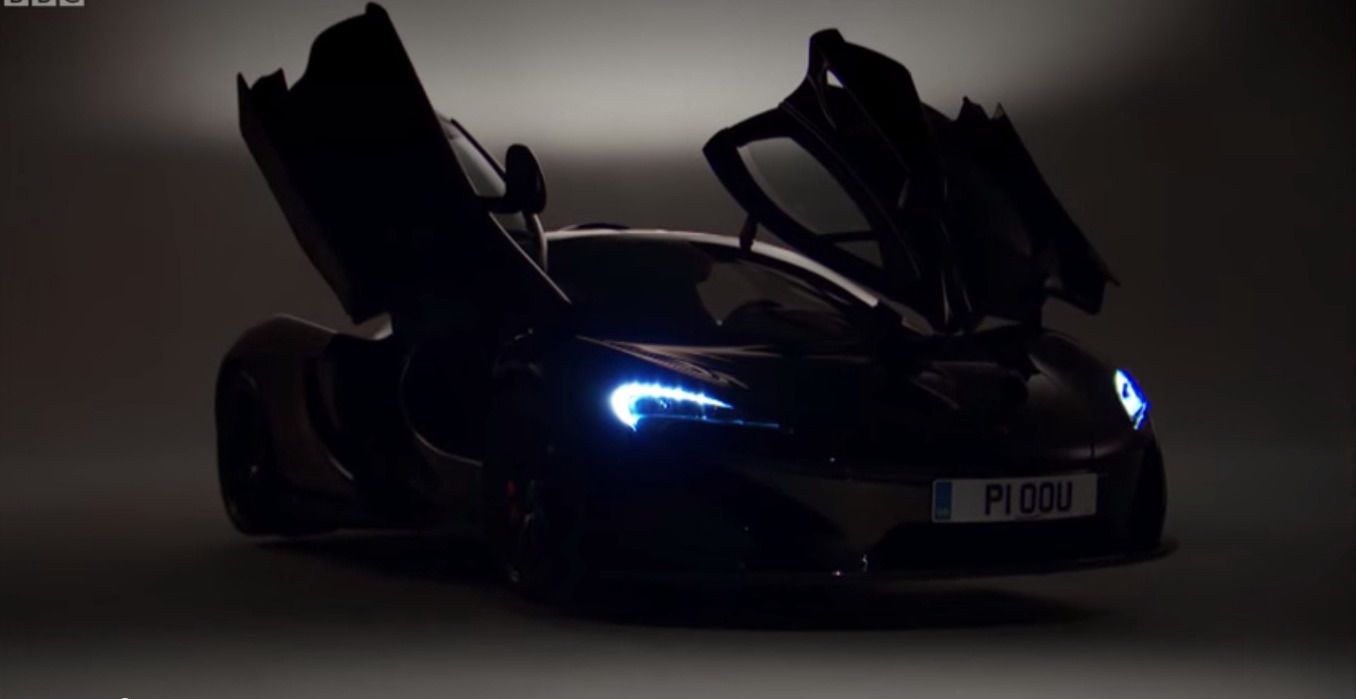The term “state of the art” gets thrown around a bit too often, in my opinion. But when it comes to the McLaren->ke284 P1, that kind of praise is absolutely justified. The hybrid hypercar employs a slew of technological enhancements derived from the fires of F1->ke190. The numbers that surround it are ludicrous: 903 horsepower, 0 to 60 in 2.6 seconds, a top speed of 217 mph, and a $1.15-million sticker price. As the spiritual successor to the legendary McLaren F1->ke1159, the bar was set pretty high for the P1. But as TopGear->ke1860 Jeremy Clarkson will quickly attest in this video,->ke278 the new standard is simply atmospheric.
So, let’s dig into some of that technology->ke1701 a bit, shall we? The core of the P1’s performance lies in its twin-turbo, 3.8-liter V8. Frosting this powerplant is an electric motor that boosts output when the gasoline engine is a bit low on power, such as when the turbos are spooling up. Hybrid->ke147 technology that actually boosts performance? Clarkson says it best: “It’s like weaponizing a wind farm.”
Just like the F1,->ke190 the P1 uses a variety of exotic materials, including carbon-ceramic brakes that yield unearthly deceleration when paired with the monstrous Pirelli footprint. With titanium trim and a carbon-fiber monocoque construction, weight is low, so despite packing a V-8, an electric motor, battery packs, and two turbos, the P1 tips the scales at a mere 3,280 pounds.
The active aerodynamics continue this road-bound fighter jet theme, with a rear spoiler that lifts and recedes to provide optimal downforce at a variety of speeds. Then there’s the active chassis control that independently adjusts spring rates and dampening to provide perfect control on the move.
What’s all this wizardry add up to? One very impressed, and very clenched, TopGear host. Press play to check out some stupendous HD footage of a P1 at Spa sliding in the rain. Powah!
McLaren P1

